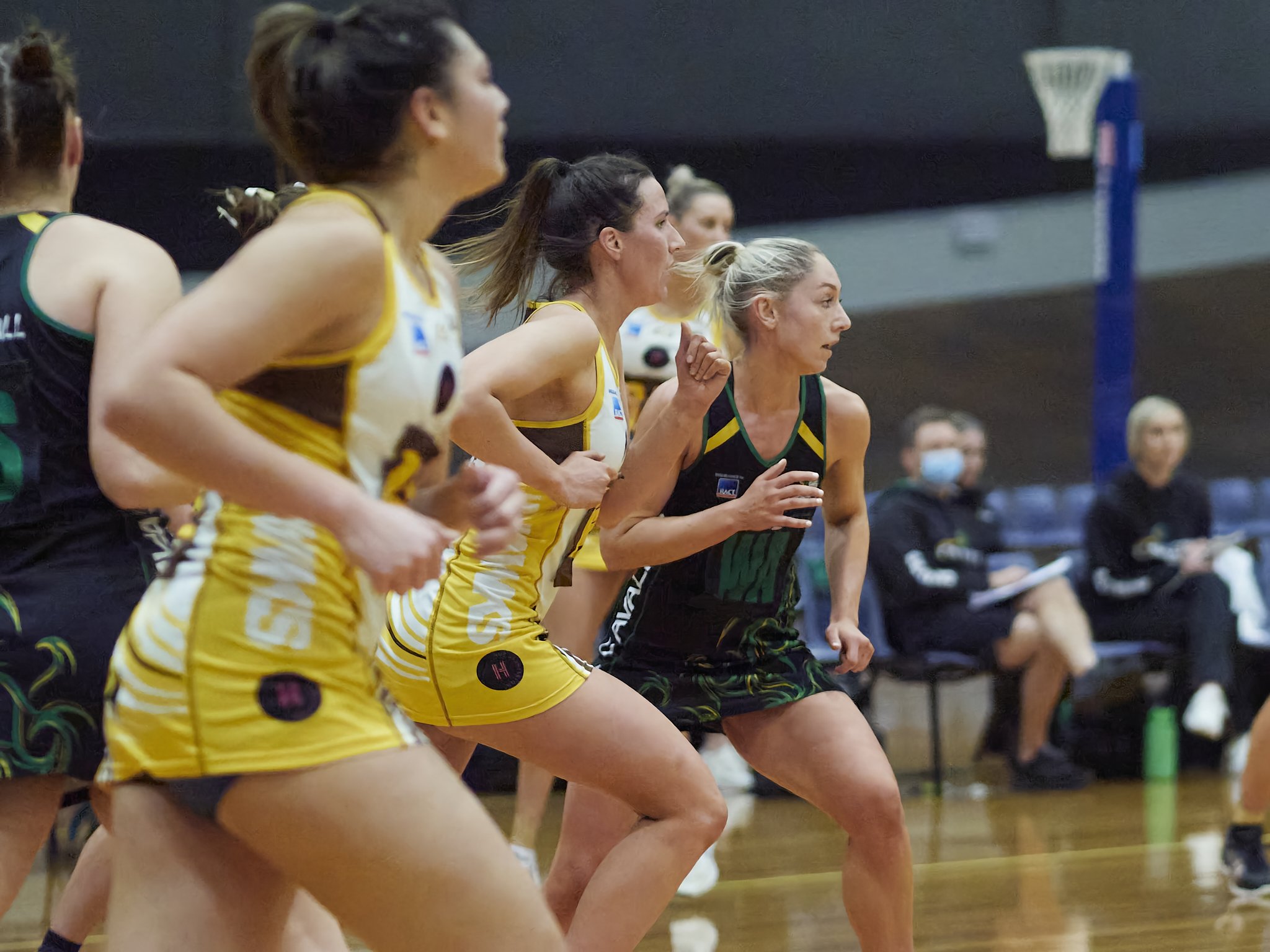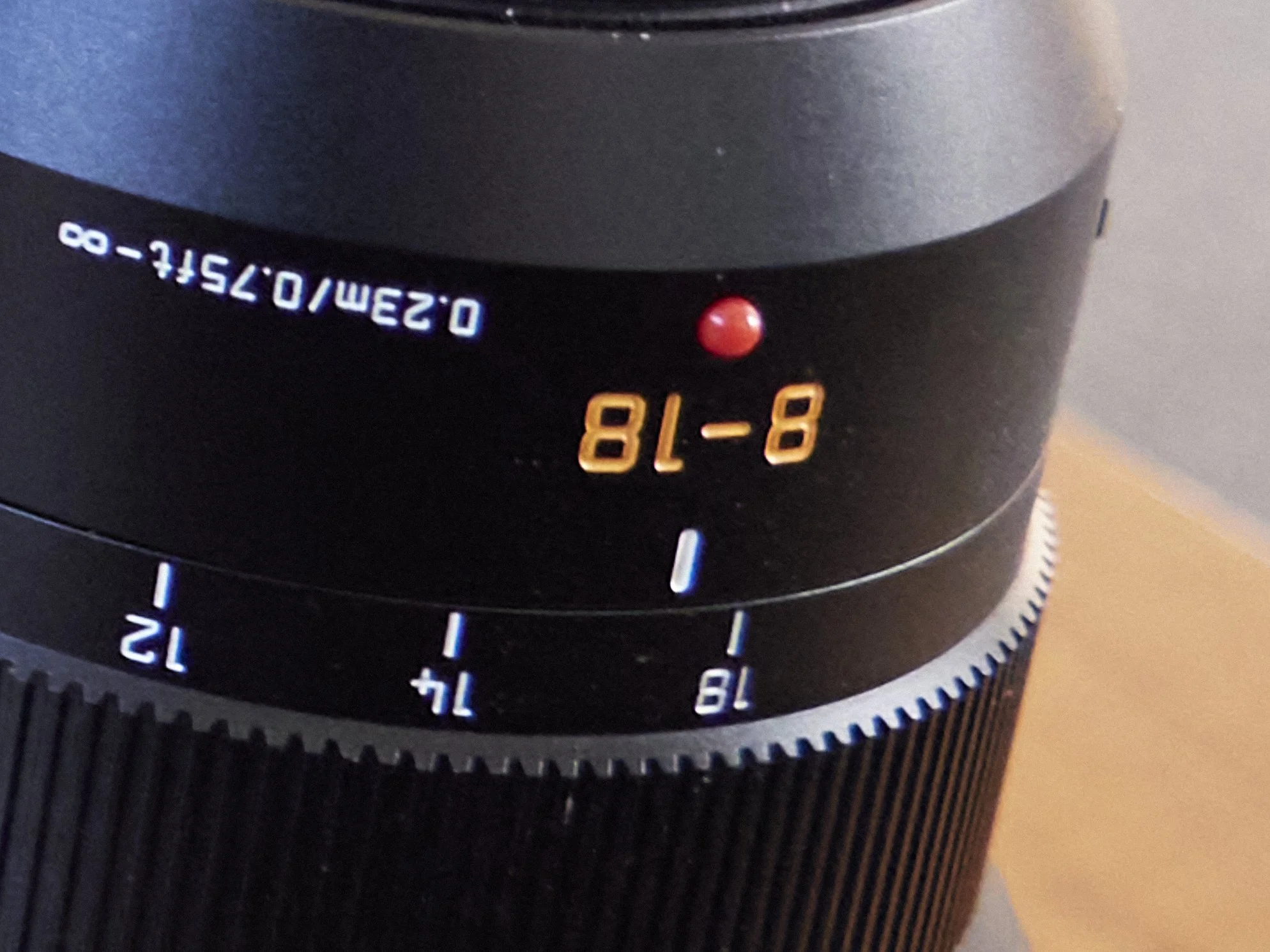Lenses
The old Oly Pen lens (1960’s G-Zuiko, 25 f2.8) is interesting.
A direct comparison between it at f2.8, where it exhibits some veiling flare, f4 where it cleans up and my new Oly 25 with and without filters has revealed;
The Old lens at 2.8 is the softest and coolest in tone, exhibiting an antique colour palette. This could be really useful and provides a clean simple path to a distinctive look, but it is only three focal lengths maximum (25 and the two Tele Ex options on the G9, 1.4 and 2.7x)
At f4 it is less soft by a noticeable margin (stills post processing leads me to believe f2.8 can be raised to match it), but also seems to cool off even more.
The 1/8th strength K&F Black Mist on the new 25mm is the softest modern filter and the warmest (quite “glowy”). At about a 1/8th filter grade less soft than the old lens at f2.8 it is the “Netflix” option. Nice for interviews and “friendly” looking work.
The Kenko is the least soft of the two filters and more neutral in colour, barely softer than no filter (which is my preference). This is a filter I could leave on for most jobs. This filter seems to exaggerate what it sees, not add something obvious like the K&F.
The naked, new Oly lens at f2.8 is sharpest and cleanest as expected, but at f1.8 exhibits a very slight touch of glow of its own, not as strong as the Kenko at f2.8, but still just there.
My 12-60 is a star, looking cleaner, snappier and contrastier than the Oly 12-40, but for cinematic video, this is not necessarily a good thing, so the 12-40 is further cemented as my work horse video zoom. If I were to use the Leica for interviews, I would likely use it with the Kenko or even the K&F. The Oly I may just leave alone as the happy medium.
My intention is to stick to primes (15, 25, 25, 45, 75), using the loss-less Tele Ex feature for 2.7x (1080) or 1.4x (4k) extension, but the 8-18, 12-40 and 12-60’s will cover the extra range needed.
Profiles
I will take back what I said about Cine-D. It looks like Cine-D will be my work horse profile, after a clutch of real-world tests comparing it to Cine-V and Natural. It is quite different to the other two and has one major advantage. It does not need reduced contrast for grading. This means in theory less noise as I am not artificially creating low contrast by opening up the shadows, it is baked into the profile. It does however need less colour, so that it’s OTT colour response can be controlled. My settings for the three were:
Cine-D (-0 Cont, -5 Sharp, -3 NR, -5 Sat). This is actually quite nice out of camera. A little extra colour (Boost, not Saturation in DaVR), and it handles tough scenes like an open window and deep shadows under curtains better than the other two. I can live with this straight out of camera for that modern glowy look, or push it a little for a more feature film vibe. The soft filters also look like they play well with this profile and Saturation is pretty accurate (my wife was wearing and apple green jumper and I used a bright orange toy for some of the tests and C-D came the closest to matching them (Natural was the furthest).
Cine-V (-5 Cont, -5 Sharp, -2 NR, -0 Sat). Basically the opposite to C-D, and needing more care with exposure. That neutral colour I was happy with turns out to be less predictable than I thought. Colour is strong, but twitchy, leaning towards magenta and contrast quickly blocks up. This does look nice ungraded with the Kenko filter, but has little room to move outside of that and I seem to be able to get the similar look from C-D.
Natural (-5 Cont, -5 Sharp, -2 NR, -0 Sat). I would likley add some saturation back in (+1 or 2) as this is usually boosted in post and it could be used as is for that straight out of the can footage.
HLG? Let’s not go there, too hard.
The NR settings for all are just space holders. More research needed there as this is the only setting that varies drastically between users.
Cine-V has been relegated to maybe a future special project, Natural as the “out of the can” only option, with Cine-D as my everyday “RAW” equivalent and I will just get used to any colour weirdness as I go (I do have some Lut’s available for this, lens options and filtering). Cine-D also fits in with the OSMO’s only “pro” colour profile setting.
Image Resolution
I am after, above all, image smoothness and a clean, flexible file. I do not really care what file size that comes with. I compared the same footage at 4k-10 bit, 2k-10 bit and 2K-8 bit.
There is no doubt that 4k shows more detail than 2k (1080), even on my little Mac Air laptop screen, but that is not all of the story as I export at 1080 or even sometimes 720 (no-one yet has asked for bigger). At 2k the image has a clean simplicity, a natural smoothness. At 4k you can see more fine detail, but there is no inherent real “quality” benefit, if anything, it can be a busier, more hard-sharp looking and video-like to my eye.
It may be my dodgy, hand held, very non-scientific testing process also, but after three separate tests, native 1080 seemed to show slightly higher base sharpness than the down scaled 4k. Lots of variables here, me and my DaVinci learning curve certainly being the biggest, so probably nothing to that, but at least it was not worse!
I think I will set both 2 and 4k custom settings (the 2k ones up front) and both will be 10bit, just in case.
Cameras
This is a no-brainer I guess. I bought two G9’s for video specifically, but the EM1.2’s and EM1x are no slouches here. Their 4k Flat profile was pleasant to use and very sharp looking. I may very well use these in tandem with the G9’s for some jobs, especially hand held shooting as their moving stabiliser is better than the G9’s and their All-i (limited to 1080) is better at handling a rapidly changing scene, but the G9’s win at static hand held steadiness.
The OSMO comes in as the true Gimbal/go-into-strange-places camera.



















































































































